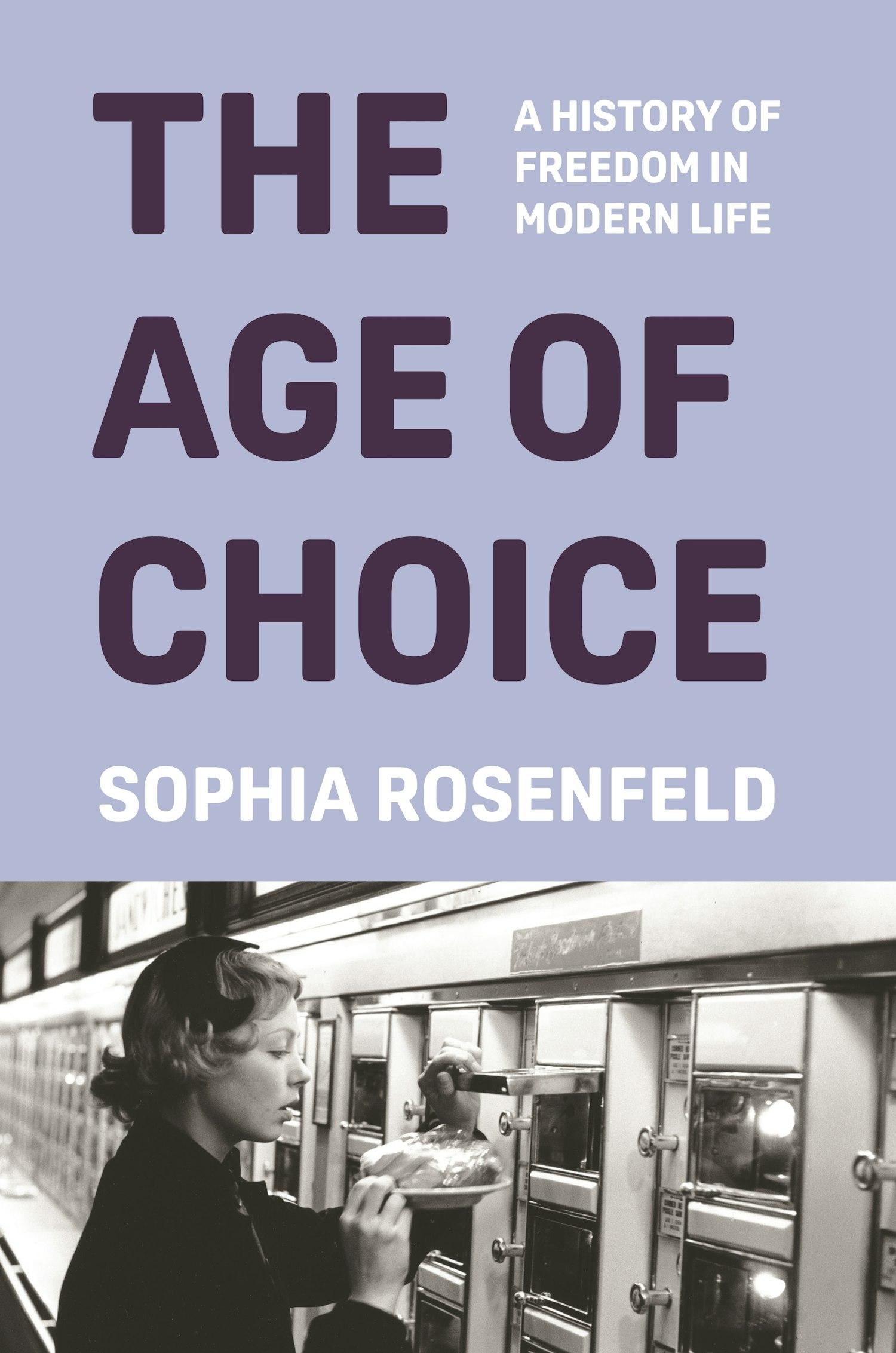Could you talk about the importance of historiography in your work, how other people discussed choice in the past? And should we understand your project as offering a critique of capitalism? How do power, legitimacy, and the state appear in the archive?
The book draws on a broad history across centuries and places, but not much of that history is specifically about choice. While historians certainly study how people make choices within given conditions, the idea of “choice” itself is rarely treated as a historical category. My book is, in that sense, pioneering in its exploration of choice as a concept and its consequences. The archive I use is diverse, including catalogs, ballots, advertising circulars, and instruction manuals — sources that reflect how people were taught to make choices — as well as texts about the meaning of choice. I also examine novels from the past 300 years to understand the psychology of choice, not just the practice. Novels offer insights into the pleasures, anxieties, and responsibilities of choice, which can’t be easily captured in more utilitarian sources. Together these sources helped me to explore the full range of choice and its historical impact.
In terms of capitalism, this book isn’t an anti-capitalist polemic. It’s more about encouraging self-awareness of how our conceptualization of freedom through choice has led to both liberation and constraint. While choice has been liberating — central to movements like abolitionism and feminism — it’s not always empowering. For example, choosing between many similar consumer goods doesn’t truly enhance freedom. In some cases, choice can even be harmful, such as when people are given bad options and punished for making a “wrong” choice, like getting ill without having opted for a good health care plan.
Capitalism has been a key driver of our investment in choice, but not the only one. The post-Reformation rise of intellectual pluralism also contributed to the idea of choice. Over time, these two sources — capitalism and democracy or human rights ideals — merged, especially after World War II when the US promoted “freedom of choice” as a distinction from fascist and communist systems. Today, however, we might be seeing this synthesis unravel, though it won’t likely happen without resistance.
